Description
Cho Quan Church, which is the oldest church in Ho Chi Minh City, should be included on your list of must-see churches. Cho Quan Church, also known as Basilica of the Sacred Heart of Jesus, could be a significant source of inspiration for your vacation to Ho Chi Minh City, since it has nearly 300 years of history.
With a total size of 16,922 square meters, the construction of Cho Quan Parish encompasses not only the church, but also a public primary school, a house of charity, and a yard and garden with many green trees. The Cho Quan Church currently operates a humanitarian clinic that is managed by the District 5 Red Cross Association. In addition, it includes a common space for locals to engage in activities like as running, morning exercise, and taking in the fresh air in the park in front of the church.
The construction of the church comprises a nave, a bell tower, a catechist with 12 rooms, a meeting hall, a memorial room, and a reading room, all of which are harmoniously and beautifully placed to provide parishioners and guests with a sense of relaxation and comfort.
Architecture of Cho Quan Church
The architecture of Cho Quan Church is characteristic of Gothic style, which may be found in any Catholic building around the globe. However, the Cho Quan Church is separated from others by a number of distinguishing characteristics.
Cho Quan Church’s distinctive Gothic architecture is readily seen from a bird’s-eye perspective. Cho Quan Church’s entrance is a lancet gate with dark green iron grids, the most identifiable architectural element of a Catholic church. The word “Church of Cho Quan Parish” is inscribed in bronze yellow on the gate arch in both English and Vietnamese. After passing through the gate, a walkway between two tree lines will lead to the main entrance.
Cho Quan Church is remarkable due to the brilliant yellow hue of the trees that surround it. The crimson roof tiles of the church are covered with mossy ancient, giving the entire structure a traditional appearance. Cho Quan Church’s arched doorways and windows are set symmetrically on the front and two sides, providing visitors with a sense of familiarity. In addition, there is a stone cave in the grounds around Cho Quan Church where Mother Mary is venerated.
The bell tower, which can be seen from a distance, is unquestionably the most notable structure outside the cathedral. The bell tower of Cho Quan Church is notably distinct from those of other Catholic structures. It consists of three floors: the bell-pulling floor, the bell floor, and the top floor. The tower contains five bells: two for weekdays, two for special occasions, and one for funerals. Only on extraordinary occasions are all five bells rung simultaneously. The five bells were also lifted to the tower with the assistance of five elephants after being transported from France via ship and elephants. The bell tower has been repaired three times during the course of its more than 100-year existence.
The majestic and opulent look of Cho Quan Church is immediately apparent when passing through the main entrance. Large columns arranged in two straight lines create depth for the main passage and amplify the impression of interior length and width. The relationship between the height and width of the main road can both heighten and diminish the impression of the domes’ height.
There are four rows of large benches and two rows of little benches in the church. The altar of the Blessed Mother is on the left, while the altar of Saint Joseph is on the right. In the middle of the nave is a sculpture of Jesus Christ on the cross, behind it is another image of Jesus, and beneath that image is a small doorway leading to the bell tower. In addition, there are numerous miniature statues of the Catholic Christ clearly presented within the church.
The inside of Cho Quan Church is a mixture of the white of the vaulted ceiling, the bright yellow of the pillars, and the brown of the furnishings. Cho Quan Church’s windows are not the colorful stained glass windows found in the majority of Catholic churches in the neighborhood. The two sides of the church are comprised of glass windows with horizontal pivots that maximize natural light within. Cho Quan Church’s solemn and gleaming beauty is the result of the harmonious blending of every aspect.
History of Cho Quan Church
The history of Cho Quan Parish is linked to the expansion of the Nguyen Dynasty’s territory into southern Vietnam. At the conclusion of the 17th century and the beginning of the 18th century, many parishioners, particularly from Central Vietnam, who wished to start a new business in the south or avoid war, strife, conscription, and famine, came to the landscape and gathered in the village of Xom Bot. They created a market with many stalls in the village to serve the daily needs of local residents. The market was given the name Cho Quan, which was then used to the neighboring area.
In 1722, Cho Quan Parish was formally created. At that time, many enthusiastic pastors, from Franciscan to Vietnamese missionaries, arrived to shepherd the Christian believers. Prior to 1725, there were approximately 300 parishioners. Due to the social disputes and anti-Christian stance of the feudal government at the time, evangelism was fraught with difficulty for the missionaries. Cho Quan Parish had to endure dispersion in the years 1727, 1733, 1862, and 1882 at the start of its existence, then regrouped and grew to the present day.
Cho Quan Parish’s initial chapel was constructed in 1674, but it was not until 1723 that Jesuit Priest Emmanuel Quitaon arrived to preach and convert the chapel into a church for the parishioners. In the years 1727, 1733, 1793, 1862, and 1882, Cho Quan Church was continuously damaged and reconstructed owing to natural calamities and population loss.
Priest Nicola Hamm initiated the construction of a new church in 1882. This project took fourteen years and six priests to complete; it was completed in 1896. The inauguration of the new church occurred on the fourth day of the first lunar month of the Year of the Monkey (1896). This is the final structure of the church that we can now observe. In remembrance of his contribution to the construction of the church, Priest Nicola Hamm was interred in Cho Quan Church adjacent to the altar of Mother Mary.
Gallery / Photos
Working Hours
- Monday 5:00 AM - 9:00 PM
- Tuesday 5:00 AM - 9:00 PM
- Wednesday 5:00 AM - 9:00 PM
- Thursday 5:00 AM - 9:00 PM
- Friday 5:00 AM - 9:00 PM
- Saturday 5:00 AM - 9:00 PM
- Sunday 5:00 AM - 9:00 PM

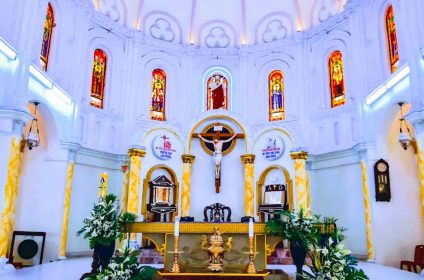
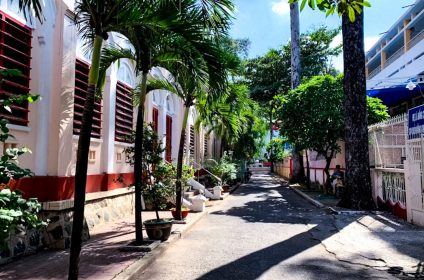
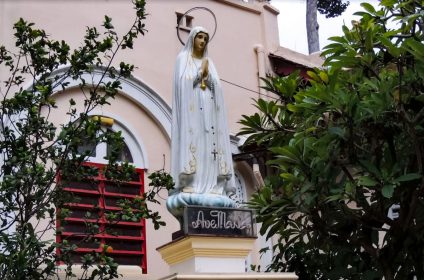
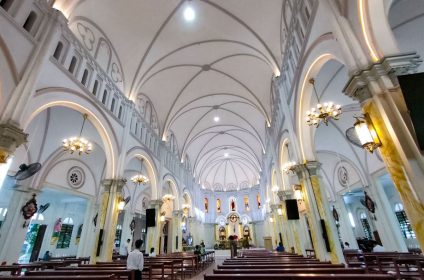
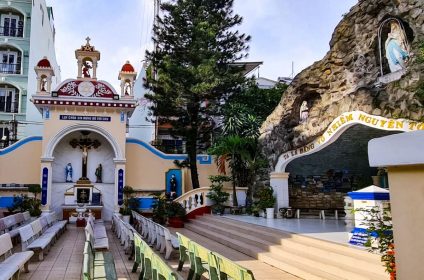
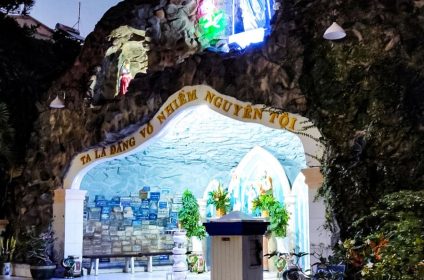
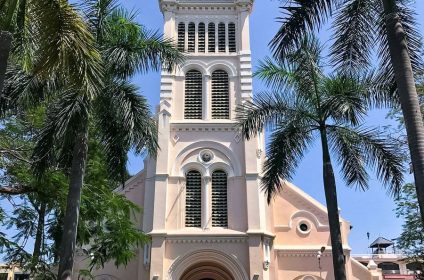
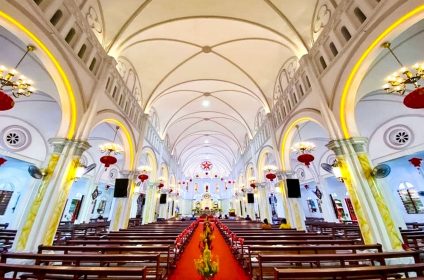
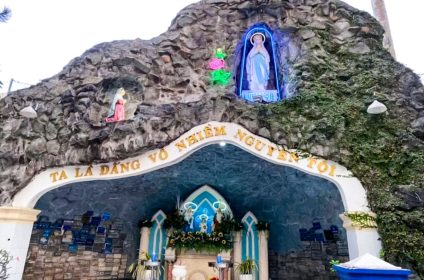
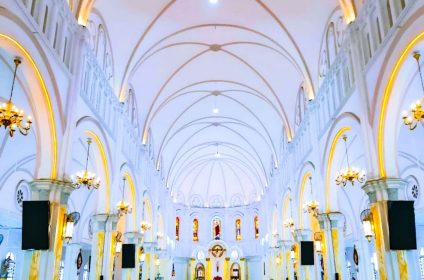
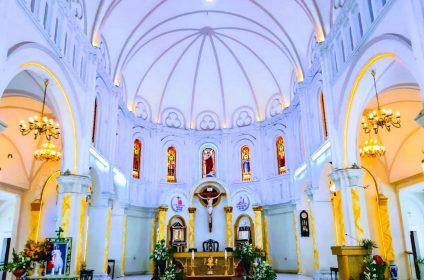
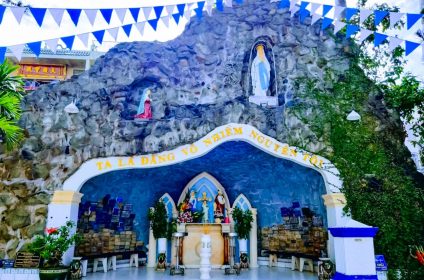
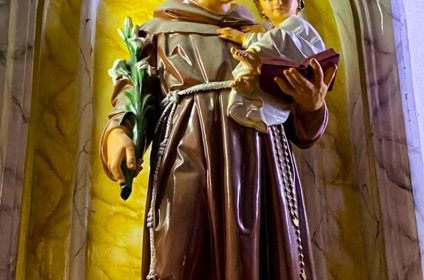
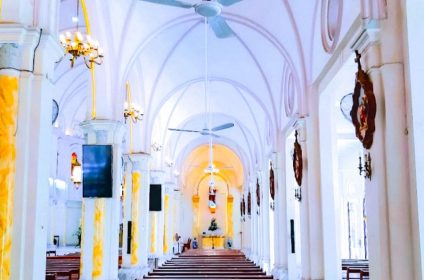
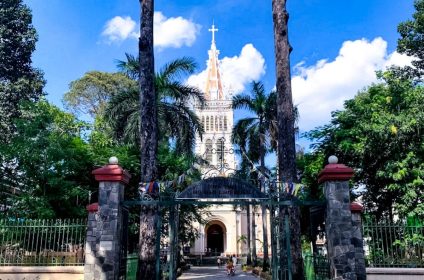
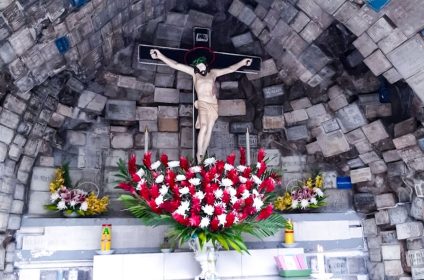
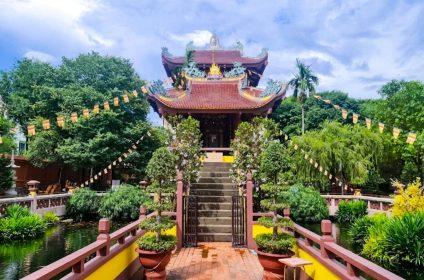
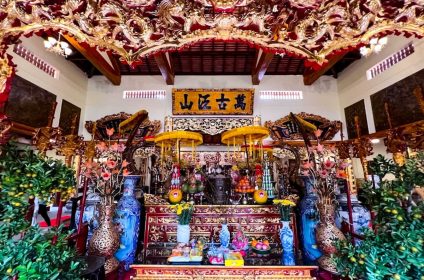
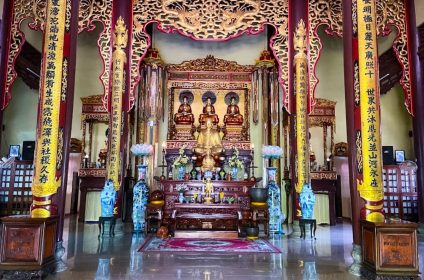
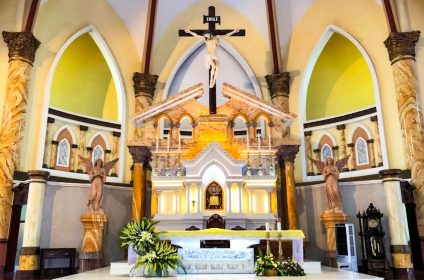










Add Review